Using adsorbents to help society
Futurum
OCTOBER 10, 2023
Firstly, since sorbents can separate molecules from each other, finding new sorbents that can do this as efficiently as possible will reduce the energy needed for each separation. For adsorption to help with healthcare and environmental issues, scientists need to develop new adsorbent materials that are more energy efficient.

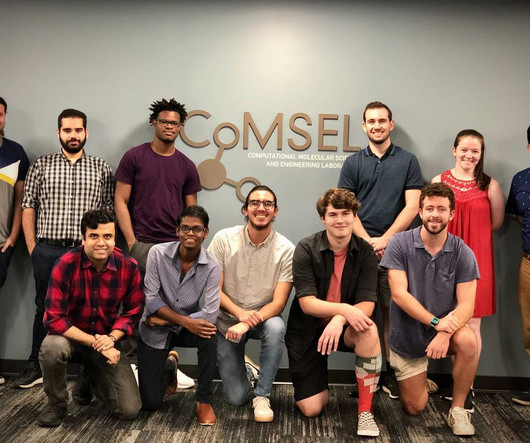
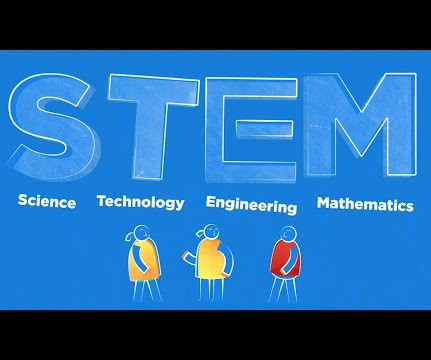

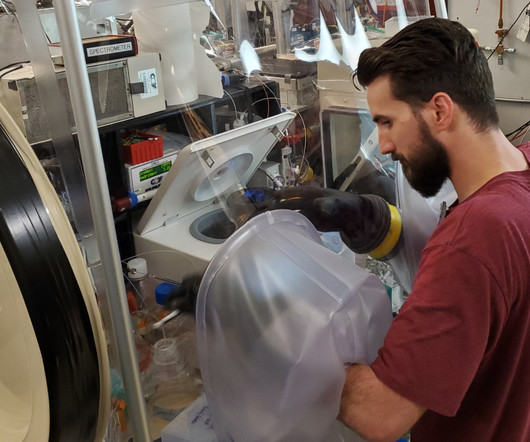
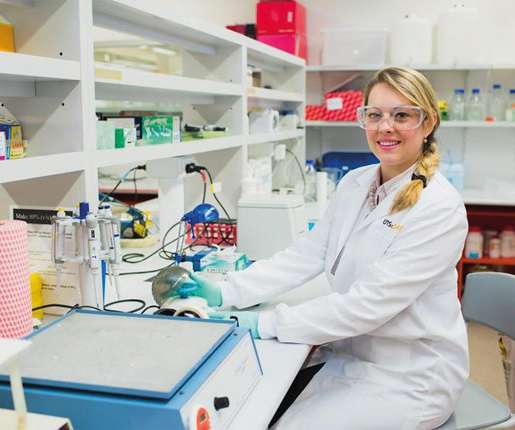
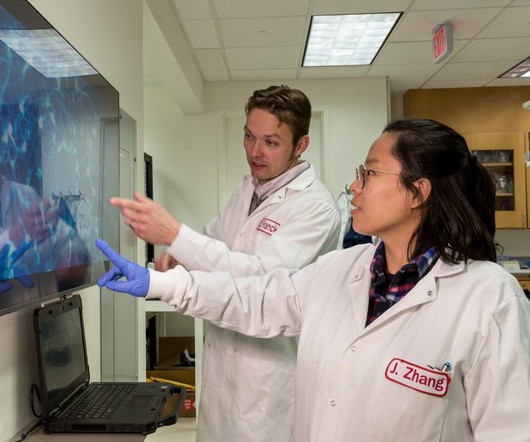






Let's personalize your content